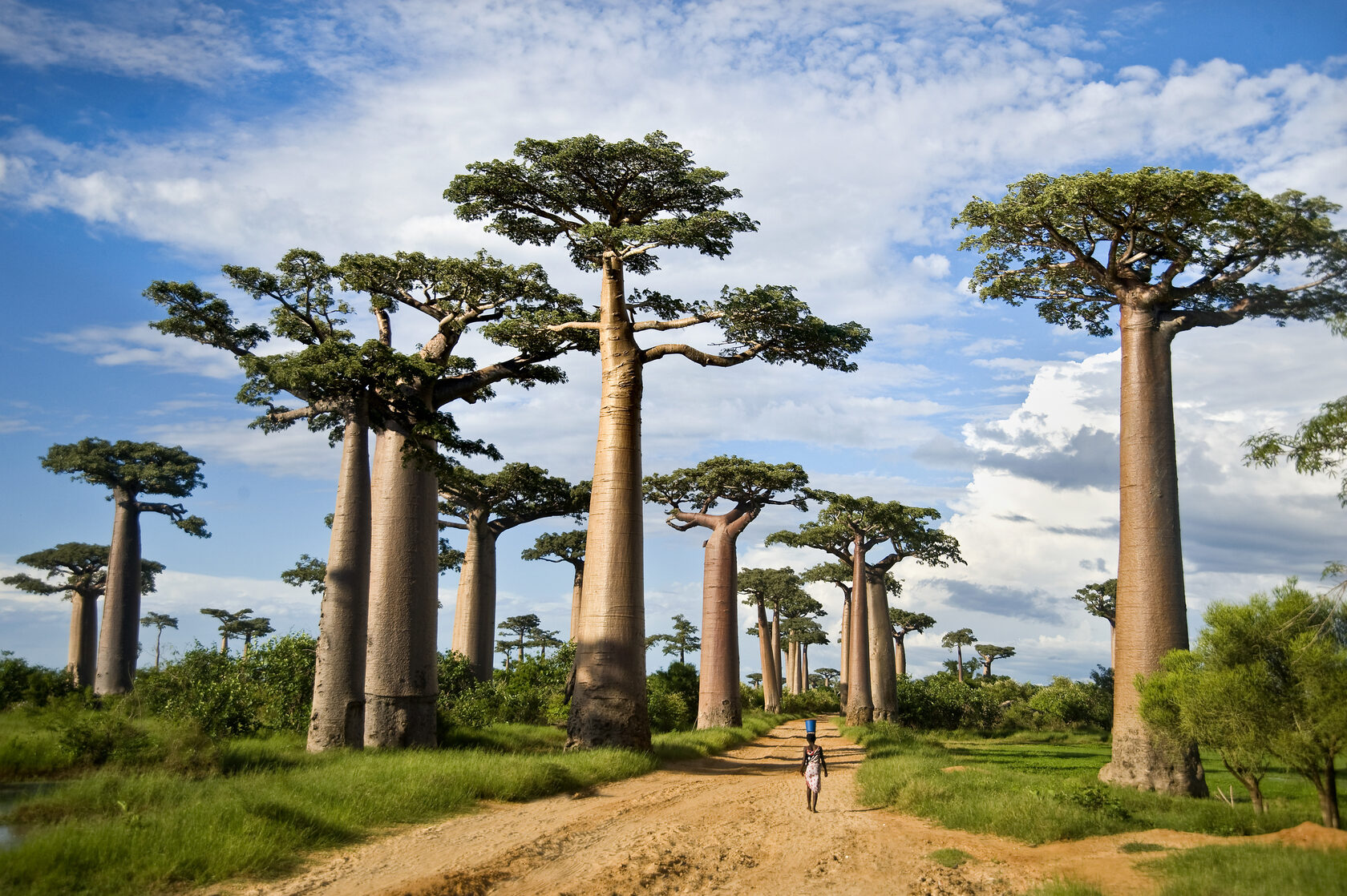Lets explore some of it's most significant features and use;
1. FRUIT
The fruit of the baobab tree is the most useful part of the tree, serving as a source of food for a larger population of the rural dwellers. The dried pulp can be ground to obtain a powder then dissolved in water or milk to give a drink with a characteristic flavour resembling grapefruit, pear or vanilla flavours.
2. COMMERCIAL BENEFIT
Several parts of the African baobab tree play key roles in improving the livelihood of people in Africa who rely on its timber for income Several other uses have been documented in several African countries Benin and Mali

3. SEEDS
The African baobab seeds can be consumed in their fresh state or ground into a flour that can be used in soup or stew preparations as thickeners.
4. LEAVES
The utilization of African Baobab leaves is common amongst African folks especially to inhabitants of the central regions of Africa serving as a source of food. The leaves are usually collected during the rainy seasons and dried for later use. The immature leaves are usually cooked and used as foods similar to spinach.
5. MEDICINE
Medicinal uses of the African baobab
The roots, bark and leave extracts (methanolic extracts) have shown high antiviral and antimicrobial activity.
Surely the Baobab tree is not called Iconic for nothing!!!
